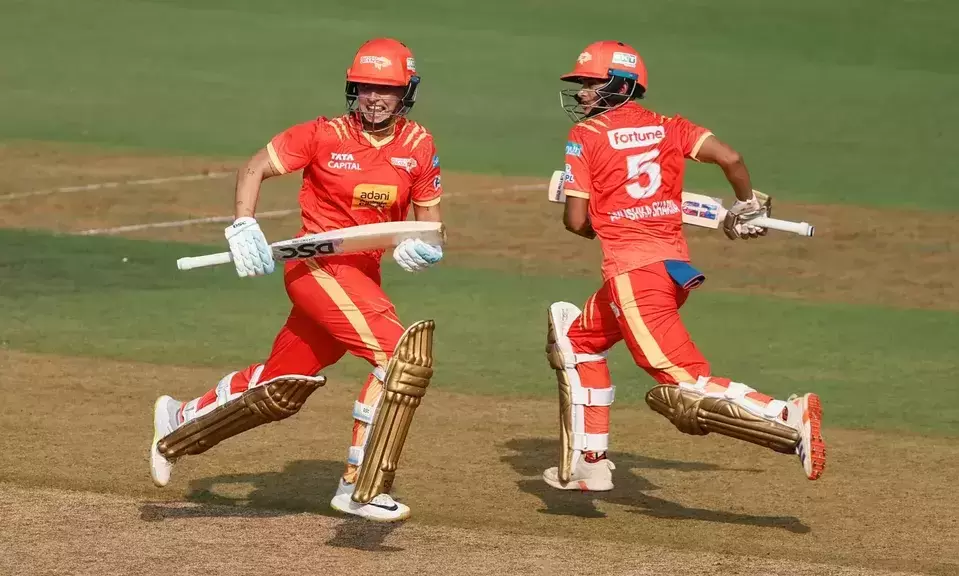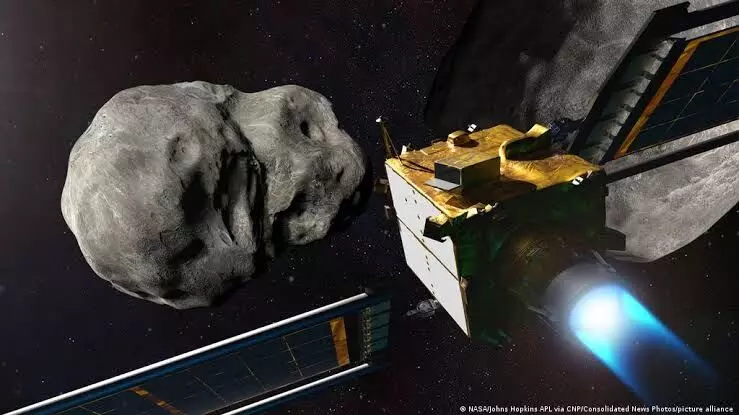
NASA's DART spacecraft hits asteroid in historic earth deflection tech test
text_fieldsThe American space agency's Dart probe has smashed into an asteroid, destroying itself in the process and succeeding in a historic test of humanity's ability to prevent a celestial object from devastating life on Earth.
The Double Asteroid Redirection Test (DART) impactor hit its target, the space rock Dimorphos, at 7:14 pm Eastern Time (2314 GMT), 10 months after blasting off from California on its pioneering mission.
"We're embarking on a new era, an era in which we potentially have the capability to protect ourselves from something like a dangerous hazardous asteroid impact," said Lori Glaze, director of NASA's planetary science division.
Dimorphous -- a 530-foot (160-meter) asteroid roughly comparable in size to an Egyptian pyramid -- orbits a half-mile-long big brother called Didymos. Never seen before, the "moonlet" appeared as a speck of light around an hour before the collision.
Its egg-like shape and craggy, boulder-dotted surface finally came into clear view in the last few minutes, as DART raced toward it at roughly 14,500 miles (23,500 kilometres) per hour.
NASA scientists and engineers erupted in applause as the screen froze on a final image, indicating that signal had been lost and impact had taken place.
To be sure, the pair of asteroids pose no threat to our planet as they loop the Sun every two of our years.
But NASA has deemed the experiment important to carry out before an actual need is discovered.
By striking Dimorphos head-on, NASA hopes to push it into a smaller orbit, shaving 10 minutes off the time it takes to encircle Didymos, which is currently 11 hours and 55 minutes.
Ground telescopes -- which can't see the asteroid system directly but can detect a shift in patterns of light coming from it -- should provide a definitive orbital period in the coming days and weeks.
The proof-of-concept has made a reality of what has before only been attempted in science fiction -- notably in films such as "Armageddon" and "Don't Look Up."
Minutes after impact, a toaster-sized satellite called LICIACube, which already separated from DART a few weeks ago, was expected to make a close pass of the site to capture images of the collision and the ejecta -- the pulverized rock thrown off by the strike.
The mission has set the global astronomy community abuzz, with more than three dozen ground telescopes participating, including optical, radio and radar.
"There's a lot of them, and it's incredibly exciting to have lost count," said DART mission planetary astronomer Christina Thomas.






















